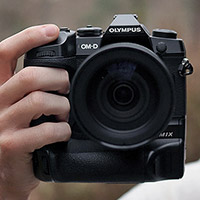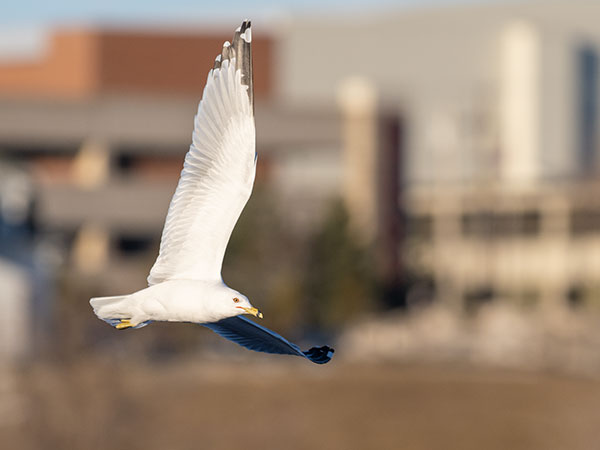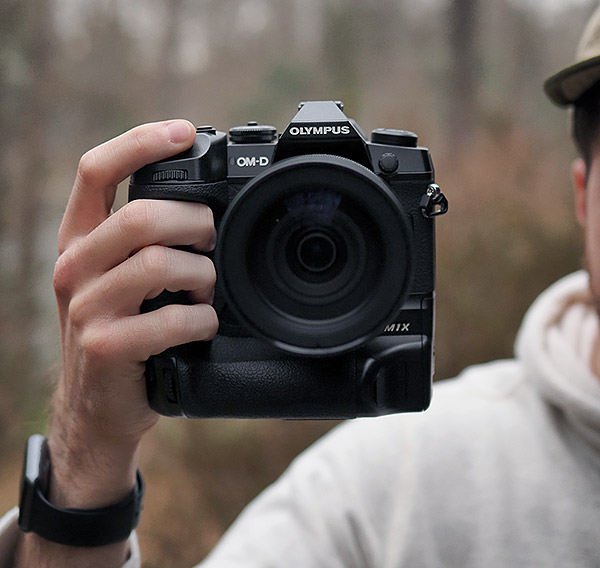Olympus E-M1X Review Conclusion: A bigger, burlier, more specialized version of the E-M1 Mark II
posted Monday, July 8, 2019 at 12:01 PM EST
Click here to read our Olympus E-M1X Review • Conclusion

Are you a serious or professional sports photographer, wildlife photographer or anyone else who shoots fast-moving subjects with telephoto lenses? Do you need an ergonomic, durable and yet highly portable camera system? If so, then the unique Olympus E-M1X might be just the high-performance flagship camera you've been looking for. Building upon the foundation of the E-M1 Mark II, the E-M1X is a beefed-up companion camera that, in many ways, is very similar in terms of general image quality, but instead offers updated and all-new autofocus and performance features that give it a big advantage for wildlife, sports and other fast-action subjects.

We've just wrapped up our full review of the Olympus E-M1X, and the final verdict is generally very positive. Overall, it's an outstanding camera. The ergonomics and user customization capabilities are fantastic, and the E-M1X's enhanced 1PX1-rated waterproofing is among the best we've seen. Performance-wise, it's a very nimble and responsive camera thanks to its dual-processor design. AF speeds are improved, it has better tracking performance, and the buffer clearing times are quicker thanks to the additional processor and dual UHS-II card slots.
Oh, and the image stabilization is even better, which is phenomenal. However, the camera uses the same 20MP Four-Thirds sensor as the E-M1 II, and despite some tweaks to image processing, the overall image quality is very similar to the E-M1 II (with latest firmware). Also, given the smaller sensor, the high ISO performance is good for an MFT camera but is still somewhat underwhelming compared to similarly-priced cameras with larger sensors.

And speaking of price, that's an interesting one. At $3,000, the E-M1X is expensive, not only for a Micro Four Thirds camera, but in general. At this price point, there are a number of competing cameras that offer a larger sensor, which puts the E-M1X in a tricky position, seeing as its smaller sensor puts it at a disadvantage when it comes to higher ISOs and dynamic range. But, the smaller sensor offers enhanced portability -- one of the E-M1X's hallmark advantages -- as the Micro Four Thirds system as a whole offers much smaller, lighter, more portable lenses.

In the end, it all depends on where your priorities lie. If you're looking for a super high-performance camera that handles like a robust, gripped full-frame DSLR but comes from a significantly more portable camera system, the Olympus E-M1X will likely be just the camera for you. Read our in-depth Olympus E-M1X review for all the details, or jump right to the Review Conclusion for our final verdict.